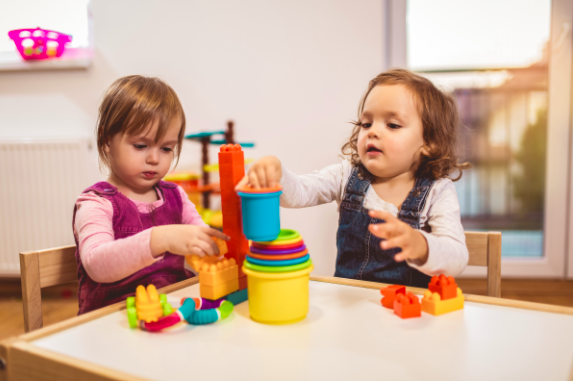The kindergarten programme is optional in Singapore. However, after seeing the benefits on children, more than 90% of children aged three to six attend kindergarten. While this ensures children achieve similar educational milestones, it also puts pressure on kindergarten schools of Singapore.
Parents want to see value for money, and children need to be ready for primary school when their three years in kindergarten are over. To ensure the child’s holistic development, kindergartens have a list of desired outcomes.
Teachers and parents are expected to monitor a child’s growth against the kindergarten’s goals.
Train children to differentiate good from bad.
Children, just like adults, often learn from experiments and experience. This is why most of the activities that children engage in when in kindergarten are hands-on. Some of these activities are designed to provide lessons to help children tell good from bad.
The target is to help children develop critical thinking and decision-making skills. Children learn the rules of the kindergarten programme and are expected to abide by them.
For example, children learn where they are expected to place their bags when they enter the classroom in the morning. They know the appropriate time to eat their snacks. They also learn the importance of taking care of their belongings.
When a child loses his shoe, he will know it was because he didn’t place it in the designated spot. He will learn that his actions will attract consequences. When he does good, he will be praised or rewarded. He will also learn that he will be reprimanded for bad behaviour.
Ensure children appreciate the value of speaking and listening
Children enrolled in the kindergarten programme are expected to know how to communicate. This includes knowing when to speak and when to listen. Most kindergartens in Singapore have an average of 20 children per class. When taking part in some activities, teachers create smaller groups of about four to five children per group.
The difference in group sizes indirectly trains children to learn how to communicate in large and small groups. Children also learn that sometimes they have to take turns to speak. Naturally, when one child speaks, the rest of the class is expected to listen.
When they join a primary school, some of these children will find themselves in classes holding even more children. The different groupings in kindergarten schools in Singapore actively prepare children not to be overwhelmed by the number of students in their class in primary school.
Guide children on healthy habits and safety awareness
Kindergarten schools in Singapore aim to ensure your child is a well-rounded individual. So, besides being academically prepared, the kindergarten programme encourages having lesson plans that teach children healthy habits. This includes the importance of good grooming, healthy feeding, and ways to ensure their environment is clean.
Children also learn how to be safety aware. For example, they learn some of the activities that are a risk. For example, a child who enjoys climbing trees will know there is a risk that they will fall, resulting in injuries. Children also learn the dangers of crossing the road without the help of an adult.
The kindergarten programme in Singapore is strategically prepared with age-appropriate activities. These activities are to boost cognitive skills, physical and emotional development in children. These changes are expected to fit in with the goals of kindergarten schools in Singapore.
